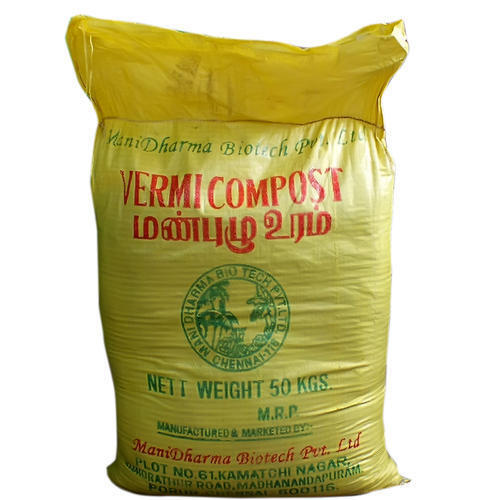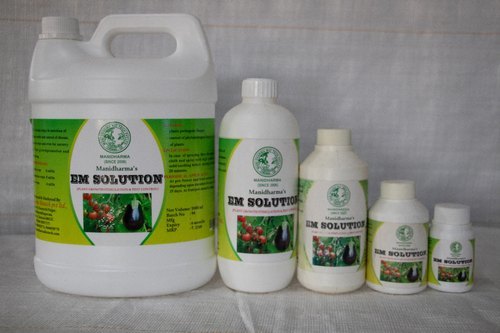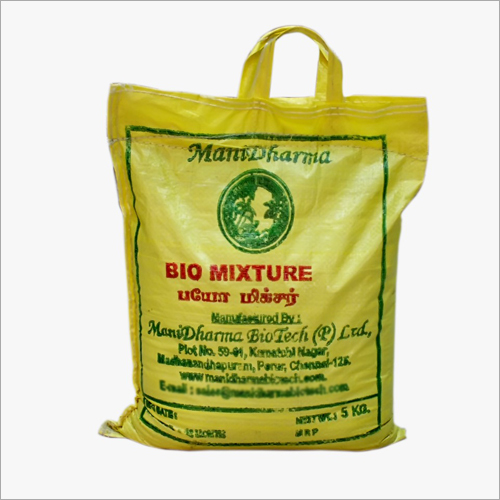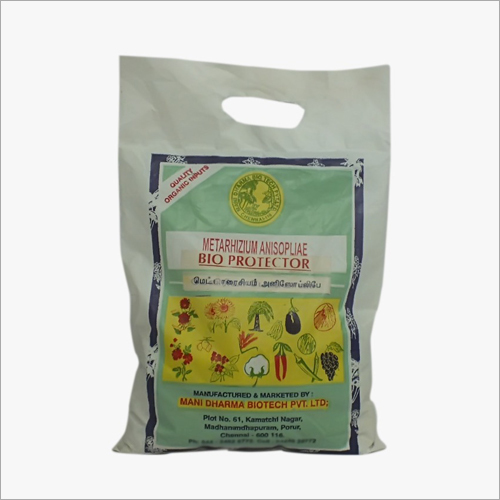Bio Humic Acid
Price 200 INR/ Liter
MOQ : 100 Liters
Bio Humic Acid Specification
- Physical State
- Liquid
- Application
- Organic Fertilizer
- Color
- Black
- Storage
- Dry Place
Bio Humic Acid Trade Information
- Minimum Order Quantity
- 100 Liters
- Supply Ability
- 100 Liters Per Day
- Delivery Time
- 7 Days
About Bio Humic Acid
Humic Acid is a principal component of humic substances, which are the major organic constituents of soil (humus), peat, coal, many upland streams, dystrophic lakes, and ocean water. It is produced by biodegradation of dead organic matter. It is not a single acid; rather, it is a complex mixture of many different acids containing carboxyl and phenolate groups. So that the mixture behaves functionally as a dibasic acid or, occasionally, as a tribasic acid. Humic acids can form complexes with ions that are commonly found in the environment. Humic and fulvic acids are commonly used as a soil supplement in agriculture, and less commonly as a human nutritional supplement. As a supplement, fulvic acid is found in a liquid form with colloidal minerals.
Action of humic substances on plant growth:
Physical:
- Increases water holding capacity
- Increases aeration of soils
- Improves soil workability
- Helps resist drought
- Improves seed bed
- Makes soil more friable or crumbly
- Reduces soil erosion.
Chemical:
- Chelates nutrients for uptake by plants
- Possesses high ion-exchange capacity
- Increases buffering properties of soils
- Increases percentage of total nitrogen in soils
Biological:
- Accelerates plant cell division and promotes growth
- Increases germination of seeds and viability
- Increases root respiration and formation
- Stimulates growth & proliferation of soil microorganisms
- Aids in photosynthesis
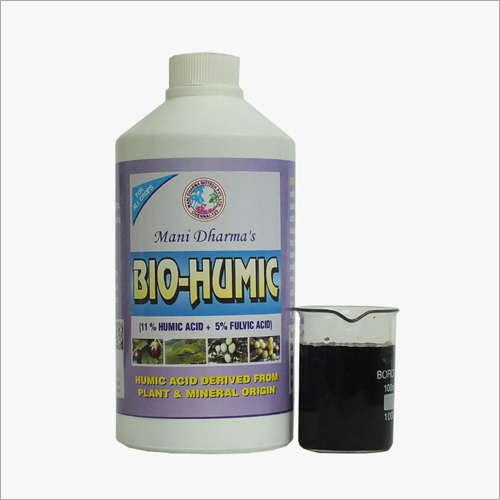
Tell us about your requirement

Price:
Quantity
Select Unit
- 50
- 100
- 200
- 250
- 500
- 1000+
Additional detail
Mobile number
Email
More Products in Agriculture Bio Product Category
50KG Vermicompost
Price 500 INR / Kilograms
Minimum Order Quantity : 2 Kilograms
Physical State : Powder
Storage : Dry Place
Color : Black
Application : Organic Fertilizer
EM SOLUTION
Price 300 INR / Liter
Minimum Order Quantity : 3 Liters
Physical State : Liquid
Storage : Dry Place
Color : White
Application : Agriculture
5 kg Agriculture Bio Mixer
Price 190 INR / Bag
Minimum Order Quantity : 3 Bags
Physical State : Powder
Storage : Dry Place
Color : Brown
Application : Agriculture
Metarhizium Anisopliae
Price 160 INR / Kilograms
Minimum Order Quantity : 10 Packs
Physical State : Powder
Storage : Dry Place
Application : Agriculture
MANIDHARMA BIOTECH PVT. LTD.
GST : 33AAECM8145R1ZW
GST : 33AAECM8145R1ZW
B No. 59, Kamatchi Nagar, Madhanandhapuram,Chennai - 600125, Tamil Nadu, India
Phone :07971191880
|
 |
MANIDHARMA BIOTECH PVT. LTD.
All Rights Reserved.(Terms of Use) Developed and Managed by Infocom Network Private Limited. |

 Send Inquiry
Send Inquiry
